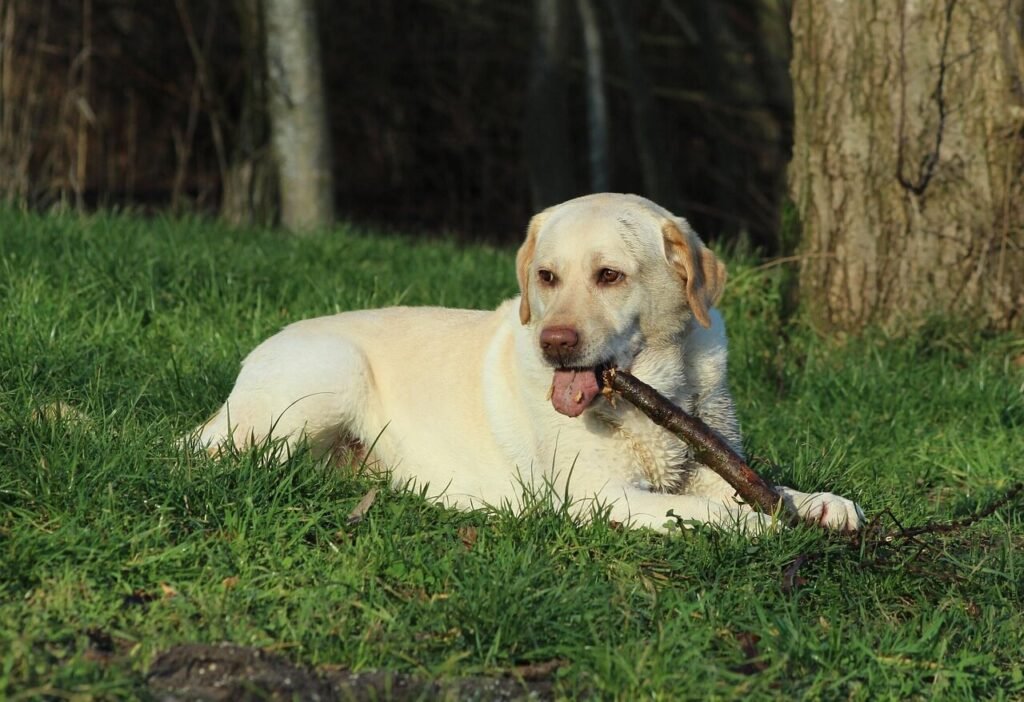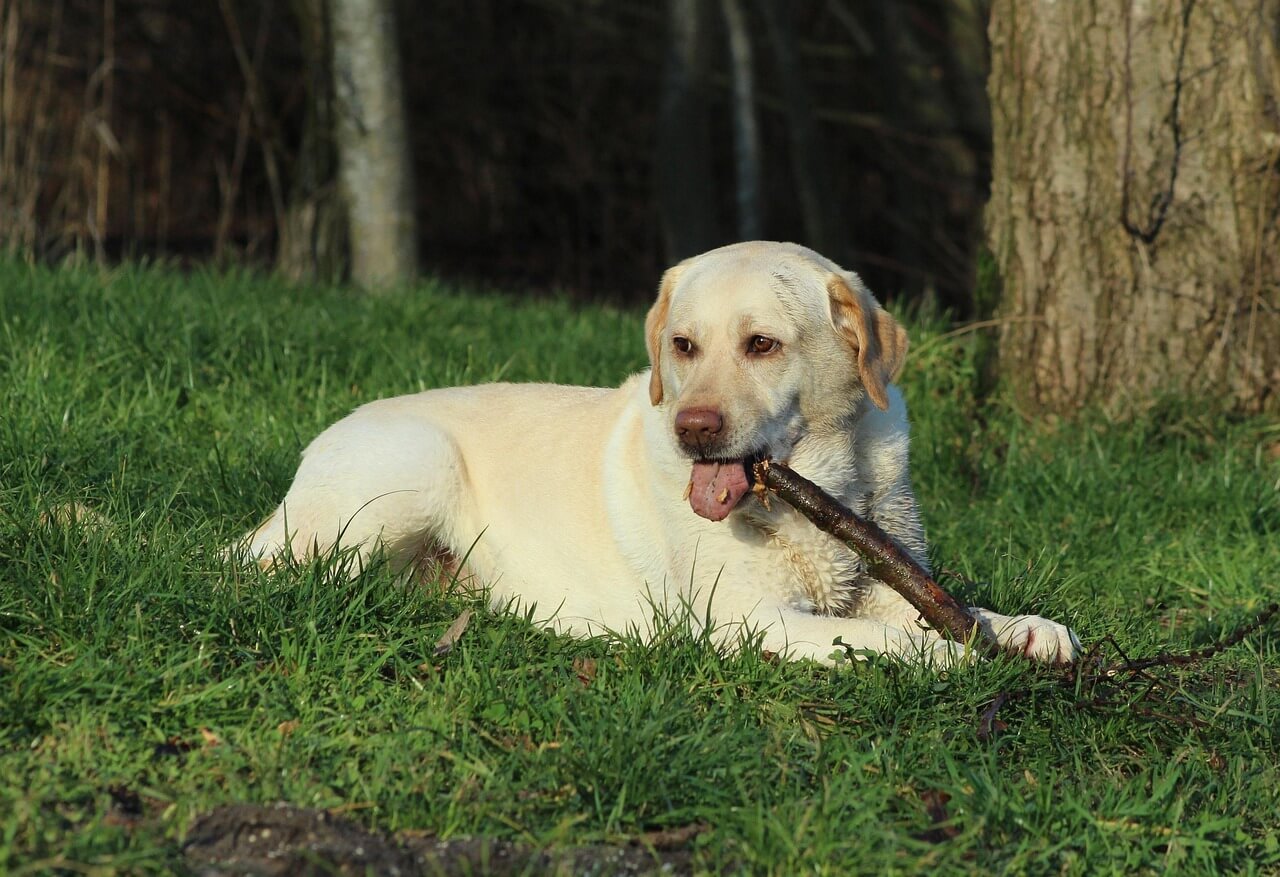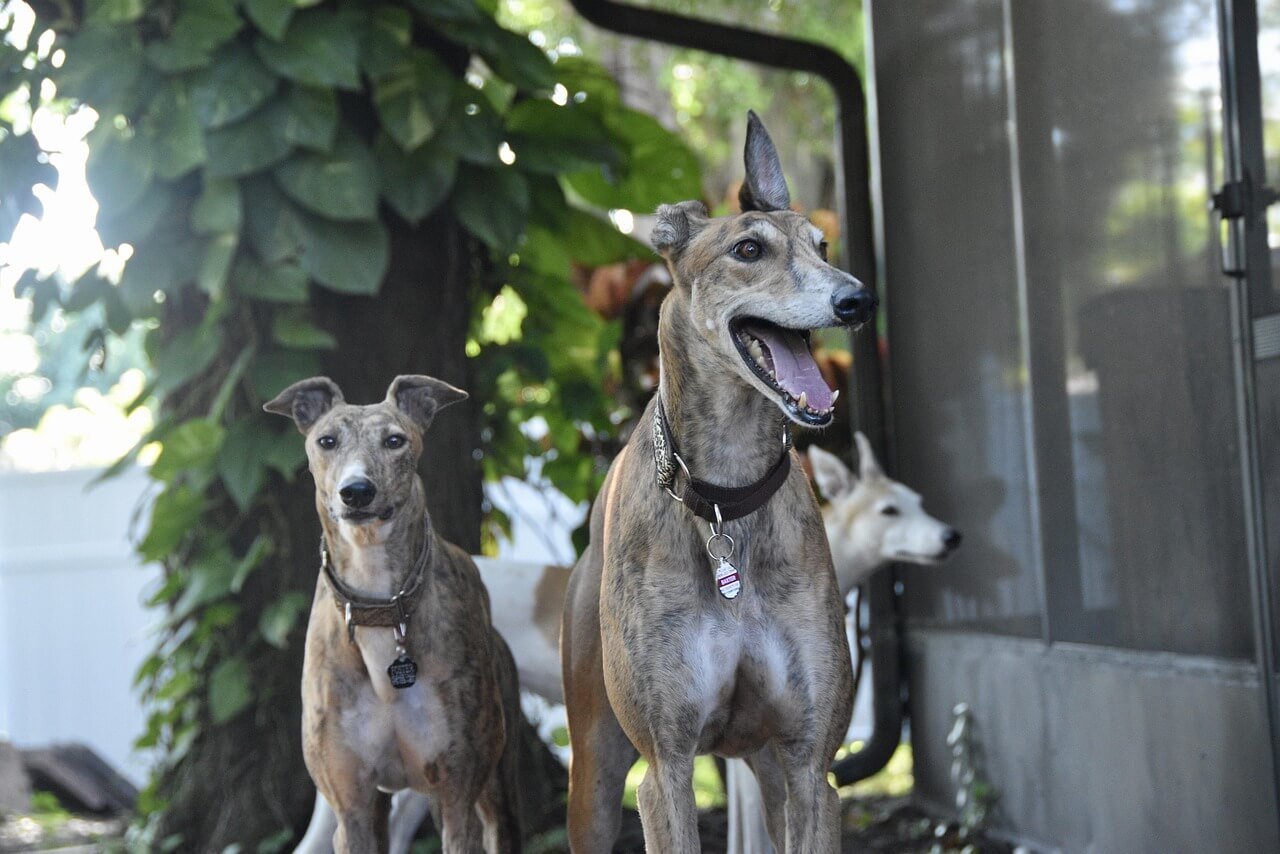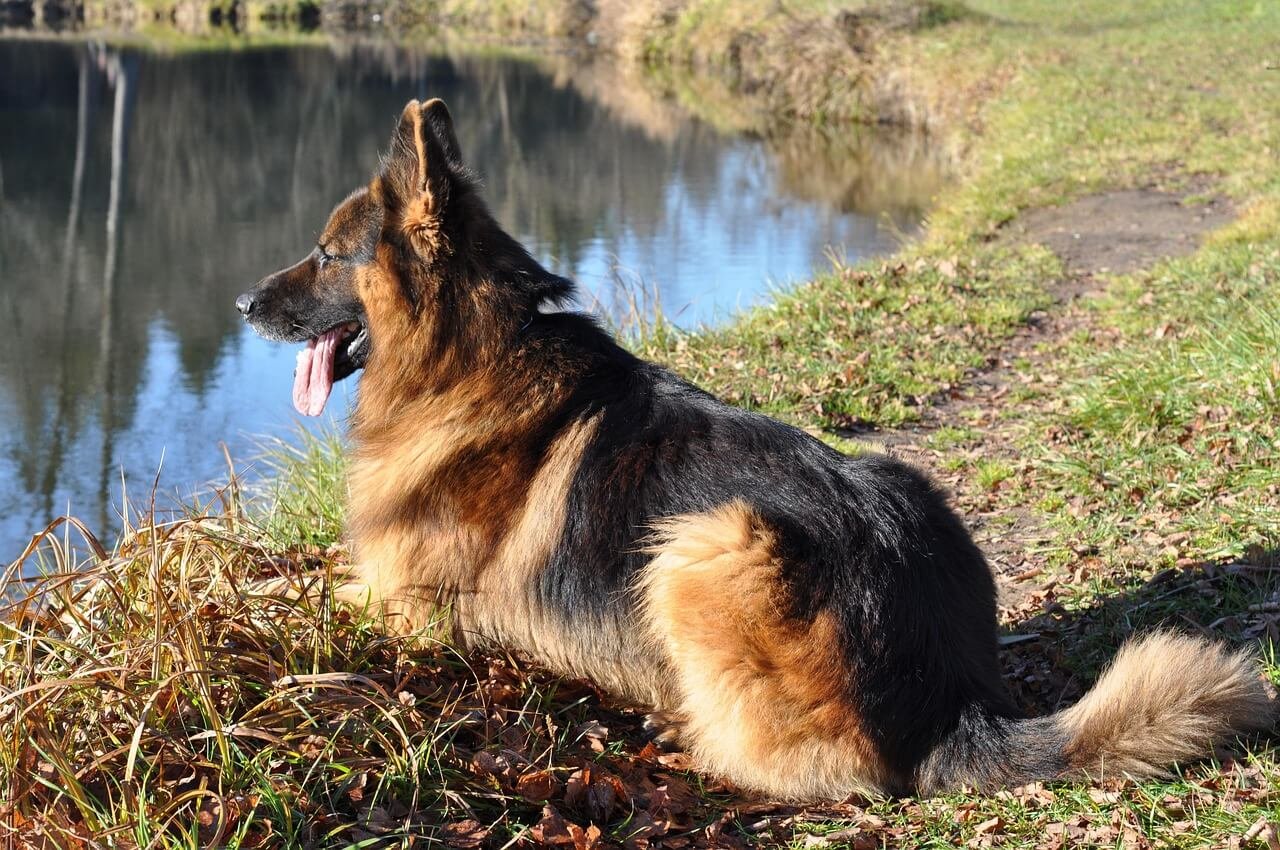Understanding Impacted Hair Follicles in Dogs: A Comprehensive Guide
When it comes to our furry companions, their health and well-being are always at the forefront of our minds. One issue that may not be as commonly discussed but is equally important is impacted hair follicles in dogs. This condition can cause discomfort and even lead to more serious health concerns if left untreated. In this blog post, we will explore what impacted hair follicles are, how they affect your dog, and what you can do to ensure your pet remains happy and healthy. Whether you’re a seasoned dog owner or new to the world of canine care, this guide will provide valuable insights into managing and preventing impacted hair follicles.
What Are Impacted Hair Follicles in Dogs?
Impacted hair follicles in dogs occur when the natural shedding process is disrupted, leading to trapped hair within the follicle. This can happen for a variety of reasons, ranging from grooming habits to underlying health conditions. Below are some key factors that contribute to this issue:
- Improper Grooming: Infrequent brushing or improper grooming techniques can lead to hair accumulation.
- Underlying Skin Conditions: Issues such as allergies or dermatitis can exacerbate follicle blockages.
- Breed-Specific Traits: Certain breeds with thick or curly coats are more prone to impacted follicles.
- Environmental Factors: Humidity and dirt can clog pores, worsening the condition.
- Hormonal Imbalances: Fluctuations in hormones can affect skin and coat health.
Understanding these contributing factors is the first step toward prevention and treatment. By addressing the root causes, you can help your dog maintain a healthy coat and avoid the discomfort associated with impacted hair follicles.
Signs and Symptoms of Impacted Hair Follicles in Dogs
Detecting impacted hair follicles early can make a significant difference in your dog’s comfort and recovery. While the symptoms may vary depending on the severity of the condition, there are common signs to watch out for. Here’s a breakdown of what to look for:
- Excessive Scratching: Persistent scratching or biting at the skin can indicate irritation.
- Redness and Inflammation: Visible redness or swelling in certain areas may signal an issue.
- Hair Loss: Patchy or uneven shedding could be a sign of follicle blockage.
- Odor: A foul smell emanating from the coat may suggest infection or trapped debris.
- Bumps or Lesions: Small bumps or open sores can develop due to impacted follicles.
If you notice any of these symptoms, it’s essential to consult your veterinarian for a proper diagnosis. Early intervention can prevent complications and ensure your dog’s skin remains healthy and irritation-free.
Expert Opinion: The Importance of Early Detection
“Early detection of impacted hair follicles in dogs is crucial to preventing secondary infections and discomfort,” says Dr. Emily Carter, a board-certified veterinarian with over 15 years of experience in dermatology. “Pet owners should regularly inspect their dog’s skin and coat, as timely intervention can make a significant difference in recovery.” According to Dr. Carter, proactive grooming and awareness of subtle symptoms are key to maintaining long-term skin health.
Check this guide 👉 Understanding Rash on Dog Belly: Best 7 Expert Tips!
Check this guide 👉 Understanding Dog Scab: Best 7 Expert Tips!
Check this guide 👉 Guide to Dog Wound Care: Best 7 Expert Tips!

Prevention Tips | Treatment Options |
|---|---|
Regular grooming sessions | Veterinary-prescribed medicated shampoos |
Using hypoallergenic grooming products | Antibiotics for secondary infections |
Maintaining a balanced diet | Warm compresses to soothe affected areas |
Keeping your dog’s environment clean | Professional grooming for severe cases |
Monitoring for skin allergies | Anti-inflammatory medications |
Preventive Measures to Keep Your Dog’s Coat Healthy
Preventing impacted hair follicles starts with proactive care and attention to your dog’s grooming routine. By incorporating these practices into your daily or weekly schedule, you can significantly reduce the risk of this condition. Here are some effective strategies:
- Brush Regularly: Use a brush suitable for your dog’s coat type to remove loose hair.
- Bathe Appropriately: Avoid over-bathing, as it can strip the skin of natural oils.
- Inspect Skin Weekly: Check for signs of irritation, bumps, or redness during grooming.
- Provide a Nutritious Diet: Ensure your dog receives essential vitamins and minerals for skin health.
- Avoid Harsh Chemicals: Opt for gentle, dog-safe grooming products.
By prioritizing these preventive measures, you can help your dog maintain a healthy coat and minimize the chances of impacted hair follicles developing.
When to Seek Veterinary Care for Your Dog
While mild cases of impacted hair follicles can often be managed at home, there are times when professional veterinary care is necessary. Recognizing when to seek help is crucial for your dog’s overall health. Consider the following scenarios:
- Persistent Symptoms: If symptoms worsen or do not improve after home care.
- Signs of Infection: Pus, excessive swelling, or fever indicate a possible infection.
- Behavioral Changes: Lethargy or loss of appetite may signal underlying issues.
- Severe Hair Loss: Extensive shedding or bald patches require professional evaluation.
- Chronic Recurrence: Frequent episodes of impacted follicles may point to a deeper problem.
In these cases, consulting your veterinarian ensures your dog receives the appropriate treatment and avoids potential complications.
Common Misconceptions About Impacted Hair Follicles in Dogs
There are several misconceptions surrounding impacted hair follicles in dogs that can lead to confusion among pet owners. Understanding the truth behind these myths is essential for providing the best care for your furry friend. Below are some common misconceptions and the facts to clarify them:
- Myth: Only long-haired dogs are affected.
Fact: While long-haired breeds may be more prone, short-haired dogs can also experience this condition. - Myth: Frequent bathing prevents impacted follicles.
Fact: Over-bathing can strip the skin of natural oils, worsening the issue. - Myth: It’s purely a cosmetic problem.
Fact: If untreated, it can lead to infections or chronic skin conditions. - Myth: Dogs naturally groom themselves like cats.
Fact: Unlike cats, dogs rely on their owners for proper grooming and coat maintenance. - Myth: Shaving the coat solves the problem.
Fact: Shaving can sometimes irritate the skin further and doesn’t address the root cause.
By dispelling these misconceptions, you can take a more informed approach to managing your dog’s coat health and ensure you’re not inadvertently contributing to the problem.
Grooming Tools That Can Help Prevent Impacted Hair Follicles
Choosing the right grooming tools is crucial for preventing impacted hair follicles in dogs. The right tools not only make grooming easier but also help maintain a healthy coat and skin. Here’s a list of grooming tools that can make a difference:
- Slicker Brush: Removes loose hair and prevents tangles, especially in thick coats.
- De-shedding Tool: Reduces shedding by removing undercoat hair without damaging the topcoat.
- Comb with Wide Teeth: Ideal for detangling fur and identifying areas of irritation.
- Rubber Grooming Mitt: Gently massages the skin while removing loose hair.
- Pin Brush: Works well for long-haired breeds, preventing matting and trapped hair.
Investing in high-quality grooming tools tailored to your dog’s coat type can significantly reduce the risk of impacted hair follicles and keep your pet looking and feeling great.
Natural Remedies to Support Skin and Coat Health
In addition to professional treatments, some natural remedies can complement your efforts to maintain your dog’s skin and coat health. While these remedies are not a substitute for veterinary care, they can provide additional support. Here are a few options to consider:
- Coconut Oil: Applied topically, it can moisturize dry skin and reduce irritation.
- Aloe Vera Gel: Soothes inflamed skin and promotes healing (ensure it’s free of additives).
- Oatmeal Baths: Relieves itching and provides a gentle cleansing option.
- Omega-3 Supplements: Supports skin elasticity and reduces inflammation from within.
- Apple Cider Vinegar Rinse: Helps balance skin pH and combat minor infections.
While these remedies can be beneficial, always consult your veterinarian before introducing new treatments. A holistic approach, combined with proper grooming and diet, can go a long way in keeping your dog’s coat healthy and free from issues like impacted hair follicles.
Frequently Asked Questions About Impacted Hair Follicles in Dogs
Can impacted hair follicles in dogs lead to infections?
Yes, if left untreated, impacted hair follicles can become infected, leading to more serious health issues.
How often should I groom my dog to prevent this condition?
The frequency depends on your dog’s breed and coat type, but generally, brushing 2-3 times a week is recommended.
Are certain dog breeds more prone to impacted hair follicles?
Breeds with thick, curly, or double coats, such as Poodles or Golden Retrievers, are more susceptible.
Can diet influence the health of my dog’s skin and coat?
Absolutely. A balanced diet rich in omega-3 fatty acids and vitamins supports skin and coat health.
Is it safe to use human shampoo on my dog?
No, human shampoo can irritate your dog’s skin and should be avoided. Always use dog-specific products.
Ensuring Your Dog’s Long-Term Comfort and Health
Caring for your dog’s skin and coat is an essential part of being a responsible pet owner. Impacted hair follicles, while not always life-threatening, can cause significant discomfort and lead to more serious conditions if ignored. By staying informed about the causes, symptoms, and treatments, you can take proactive steps to keep your dog healthy and happy. Regular grooming, a nutritious diet, and timely veterinary care are key components of effective prevention and management. Remember, your dog relies on you to provide the best care possible—so let’s ensure they live their best, most comfortable lives!
How Fast Can a Greyhound Run? Best 7 Expert Tips! Discover the speed, agility, and care secrets of this incredible breed. Unleash their full potential today!
How Much Does a German Shepherd Cost? Best 7 Expert Tips! Discover the true cost of owning this loyal breed, from initial expenses to long-term care. Plan wisely!
How Fast Can a German Shepherd Run? Best 7 Expert Tips! Discover the speed, agility, and training secrets of this incredible breed. Unleash their full potential today!
How to Train a German Shepherd: Best 7 Expert Tips! Discover essential strategies for obedience, socialization, and advanced training to raise a well-behaved and confident companion.





